Journal list menu
Export Citations
Download PDFs
Issue Information
MINI-REVIEW
The complex task of measuring intestinal permeability in basic and clinical science
- Pages: 957-965
- First Published: 24 June 2016
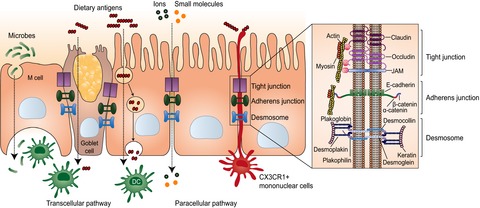
Altered intestinal permeability is described in many chronic diseases and may be a risk factor for disease development and a target for emerging therapeutics. Thus, reliable and sensitive methods to measure intestinal permeability in both the clinical and preclinical setting are needed. There is currently a large array of tests to choose from, each with advantages and disadvantages. The choice of tests should be based on a deep understanding of intestinal barrier physiology and the recognition of their limitations.
REVIEW ARTICLE
What a gastrointestinal biopsy can tell us about Parkinson's disease?
- Pages: 966-974
- First Published: 23 February 2016
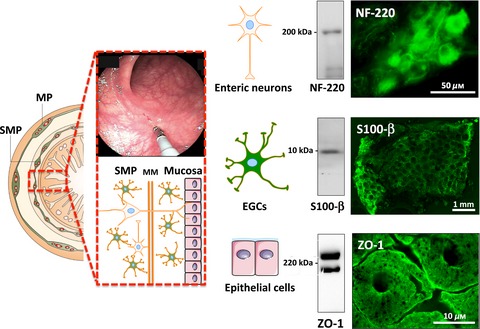
A substantial amount of research has been done to detect neuronal pathology in gastrointestinal biopsies in order to develop a premortem histopathological marker of Parkisnon's disease. Aside from neurons, the enteric glial cells and epithelial cells, which are present in a gastrointestinal biopsy, are also dysregulated in Parkinson's disease. We suggest that agastrointestinal biopsy could represent a unique window to assess the neuropathology in living patients with Parkinson's disease.
ORIGINAL ARTICLES
Electrophysiological and morphological changes in colonic myenteric neurons from chemotherapy-treated patients: a pilot study
- Pages: 975-984
- First Published: 22 February 2016
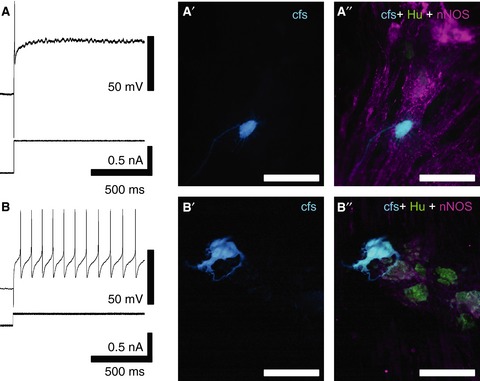
This is the first electrophysiological study of human enteric neurons in fresh colon specimens from colorectal cancer patients treated and untreated with chemotherapeutic agents. Neuronal hyperexcitability and morphological changes in myenteric neurons may contribute to the causation of gastrointestinal symptoms experienced by chemotherapy-treated patients.
The latent structure of the functional dyspepsia symptom complex: a taxometric analysis
- Pages: 985-993
- First Published: 24 June 2016
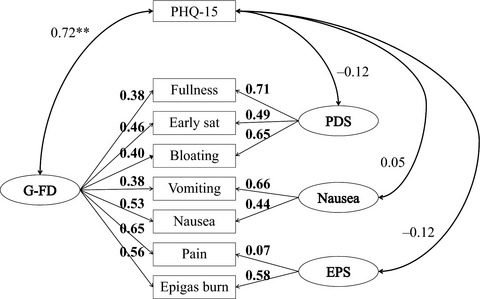
The FD symptom complex can be described by a bifactor model, i.e. subgroup-specific factors and a general FD factor, the latter of which is associated with somatization. Taxometric analysis suggests a dimensional structure of the FD symptom complex, rather than the categorical structure (i.e. subdivision in two distinct subgroups) proposed by Rome III. These findings have implications for classification, diagnosis, pathophysiology, and treatment of FD.
Prevalence of celiac disease and related antibodies in patients diagnosed with irritable bowel syndrome according to the Rome III criteria. A case–control study
- Pages: 994-1000
- First Published: 23 February 2016
Baseline features and differences in 48 week clinical outcomes in patients with gastroparesis and type 1 vs type 2 diabetes
- Pages: 1001-1015
- First Published: 06 March 2016
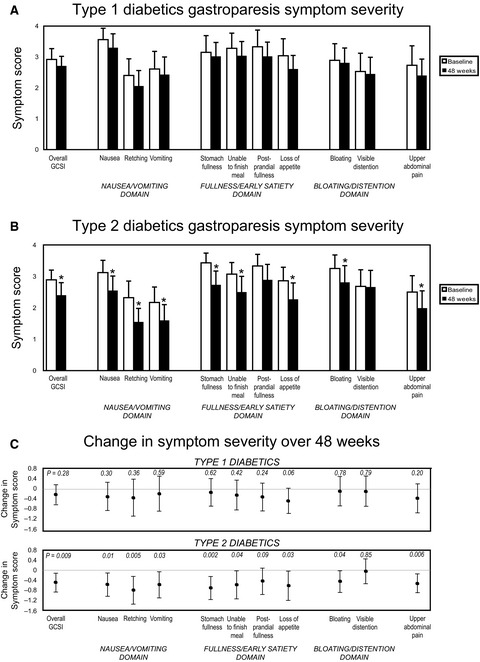
This study defined similarities and differences in gastroparesis severity, healthcare utilization, psychological function, and quality of life in patients with type 1 (T1DM) and type 2 (T2DM) diabetes mellitus and gastroparesis. At baseline enrollment, T1DM patients had higher hemoglobin A1c levels and more severe emptying delays, but the severity of GI symptoms was similar to those of patients with T2DM and gastroparesis. After 48 weeks of follow-up, gastroparesis symptom scores significantly decreased in T2DM patients but not in T1DM patients despite increased use of prokinetic, acid suppressant, anxiolytic, and gastric electrical stimulation therapy in the T1DM group.
In vivo neutralization of IL-6 receptors ameliorates gastrointestinal dysfunction in dystrophin-deficient mdx mice
- Pages: 1016-1026
- First Published: 27 February 2016
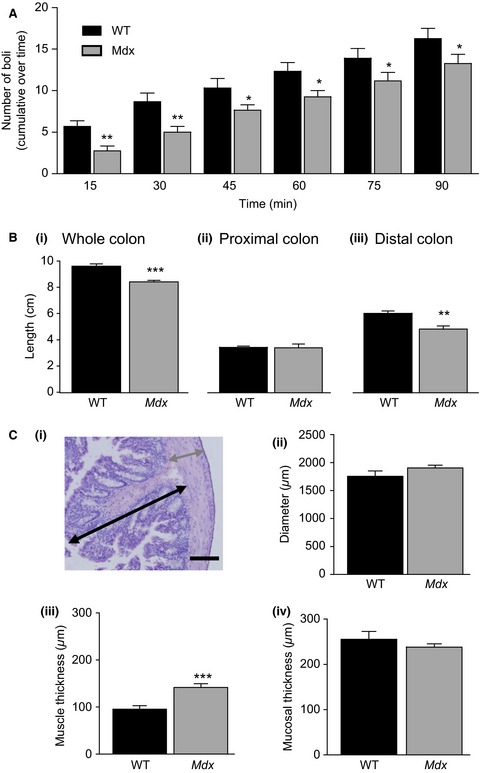
The studies undertaken sought to establish the effects of loss of neuronal and smooth-muscle dystrophin on colonic morphology and function and aimed to determine the therapeutic potential of xIL-6R and uro2 treatment. Neutralizing IL-6 receptor signaling normalizes colonic dysfunction in dystrophin-deficient mdx mice.
Probiotic Lactobacillus casei strain Shirota relieves stress-associated symptoms by modulating the gut–brain interaction in human and animal models
- Pages: 1027-1036
- First Published: 20 February 2016

We examined the effects of the probiotic Lactobacillus casei strain Shirota (LcS) on stress markers and stress-related symptoms in healthy medical students preparing for a major examination, and found that salivary cortisol levels and physical complaints which increased toward the exam day were significantly suppressed by LcS treatment. Results of animal studies suggested that the ingestion of LcS suppresses stress-induced increases in glucocorticoids, possibly through vagal afferent signaling from the upper intestines to the brain and reduced stress reactivity in the hypothalamus.
Improvement of meal-related symptoms and epigastric pain in patients with functional dyspepsia treated with acotiamide was associated with acylated ghrelin levels in Japan
- Pages: 1037-1047
- First Published: 27 February 2016
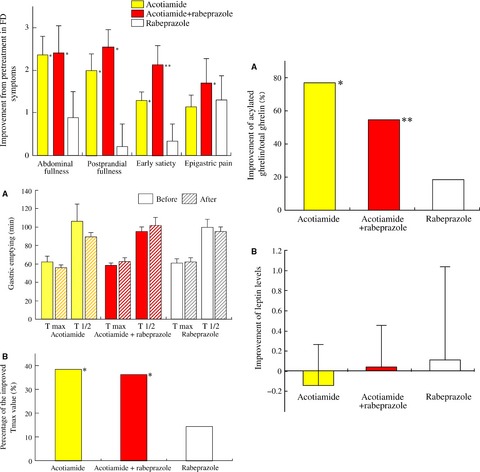
We aimed to clarify whether acotiamide and rabeprazole combination therapy significantly improves clinical symptoms and satisfaction with treatment via its effect on gastric emptying and appetite-related hormones such as ghrelin, compared to acotiamide or rabeprazole monotherapy. Acotiamide and rabeprazole combination therapy significantly improved PDS-like symptoms and epigastric pain and STAI-state scores compared to rabeprazole monotherapy. Acotiamide monotherapy, and acotiamide and rabeprazole combination therapy significantly increased acylated ghrelin/total ghrelin ratios and significantly improved impaired gastric emptying compared to rabeprazole monotherapy.
Depleted interstitial cells of Cajal and fibrosis in the pylorus: Novel features of gastroparesis
- Pages: 1048-1054
- First Published: 04 March 2016
Potential association of VAMP5 polymorphisms with total colonic aganglionosis in Hirschsprung disease
- Pages: 1055-1063
- First Published: 11 March 2016
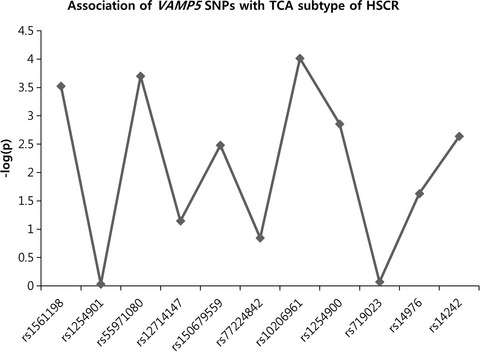
We examine the association between VAMP5 SNPs and the risk of Hirschsprung disease in a Korean population. Five genetic variants (rs1561198, rs55971080, rs10206961, rs1254900, and rs14242) were associated with risk of TCA (minimum p = 9.69 × 10−5, pcorr = 0.002 at rs10206961). Results indicating increased association signals in the TCA subgroup compared to other subgroups suggest that VAMP5 may have an effect on the extent of the aganglionic segment in ENS development.
Stimulus-induced pacemaker activity in interstitial cells of Cajal associated with the deep muscular plexus of the small intestine
- Pages: 1064-1074
- First Published: 10 March 2016
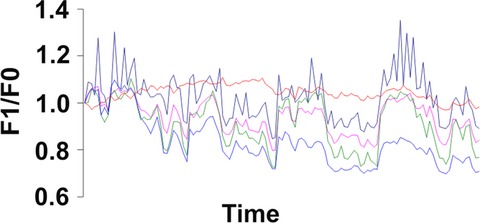
The ICC-DMP (ICC associated with the deep muscular plexus of the small intestine) are spontaneously quiescent. Upon stimulation by exogenous substance P, ICC-DMP first exhibit high frequency calcium transients; this activity is not synchronized within the ICC-DMP network and does not lead to electrical activity. Upon further sustained stimulation by substance P, the high-frequency calcium transients become superimposed on strong rhythmic low frequency calcium transients, which are synchronized within the ICC-DMP network; this is associated with rhythmic transient depolarizations. The ICC-DMP exhibit stimulus-induced rhythmicity; we propose ICC-DMP to be stimulus-dependent pacemaker cells.
View the podcast on this paper at the following sites: iTunes: https://itunes.apple.com/gb/podcast/neurogastroenterology-motility/id1123928284
YouTube: https://youtu.be/cJBi4h6ywkM
Synchronized functional anal sphincter assessment: maximizing the potential of anal vector manometry and 3-D anal endosonography
- Pages: 1075-1082
- First Published: 10 March 2016
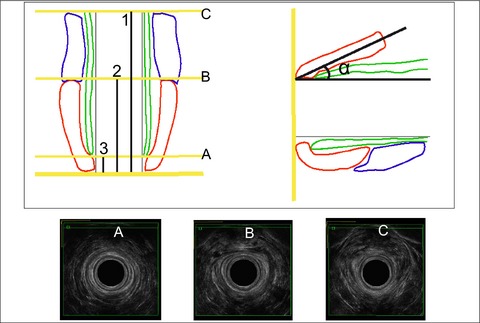
Understanding the association between structure and function is vital before considering surgery involving anal sphincter division. By correlating three-dimensional anal endosonography (AES) and three-dimensional anal canal vector volume manometry (VVM), this study details a method to produce measurements of both sphincteric length and pressure leading to identification of the functionally important areas of the anal canal. A majority of resting and squeezing pressure and the least asymmetry, in both sexes, is in the portion of the anal canal covered by external anal sphincter; while in females, the external anal sphincter is shorter and a proportionately longer puborectalis accounts for a greater percentage of pressure.
Expression of inducible nitric oxide synthase in mast cells contributes to the regulation of inflammatory cytokines in irritable bowel syndrome with diarrhea
- Pages: 1083-1093
- First Published: 04 March 2016
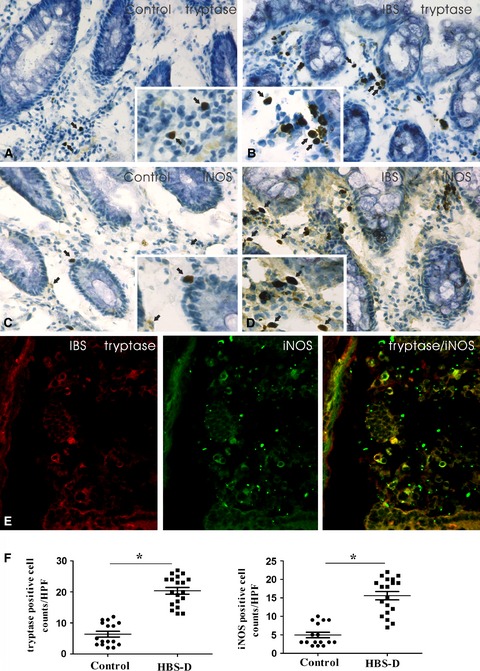
It was found that MCs were increased in number and expressed iNOS in colonic mucosa of IBS-D patients. Supernatant from IBS-D increased iNOS expression in BMMCs. Antibody array showed that agrin, β-NGF, fractalkine, GM-CSF, IL-1β, IL-1R6, IL-13, leptin, TNF-α were suppressed, and CINC-1, CINC-2α, CINC-3, MCP-1, MMP-8 were strongly produced in L-NAME-treated BMMCs, comparable to levels in control groups.
Relationships of abdominal pain, reports to visceral and temperature pain sensitivity, conditioned pain modulation, and heart rate variability in irritable bowel syndrome
- Pages: 1094-1103
- First Published: 19 March 2016
Role of 5-HT1A receptor in insular cortex mediating stress – induced visceral sensory dysfunction
- Pages: 1104-1113
- First Published: 11 March 2016
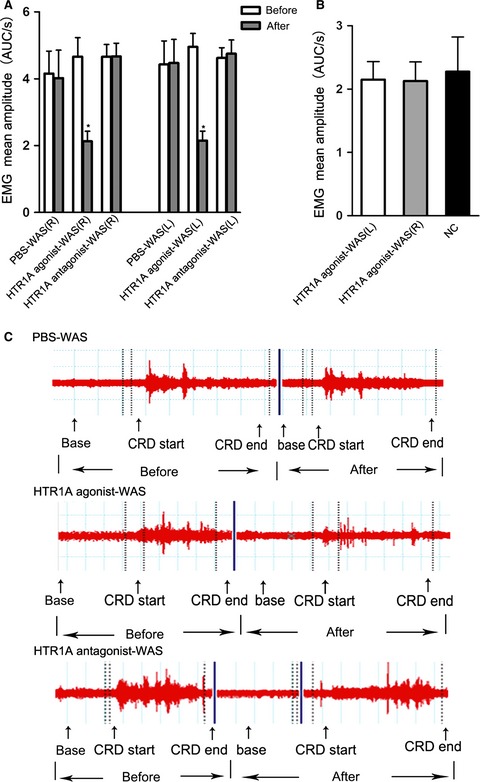
This study aimed to explore the role of 5-HT1A receptors (HTR1As) in mediating stress-induced visceral hypersensitivity and its mechanism in the insular cortex. The results indicated that HTR1A in the insular cortex plays an important role in mediating chronic stress-induced visceral hypersensitivity in rats. N-methyl-d-aspartic acid receptor subtype 2B may be one of the important downstream signaling molecules of HTR1A mediating the visceral hypersensitivity.
TECHNICAL NOTE
13C mannitol as a novel biomarker for measurement of intestinal permeability
- Pages: 1114-1119
- First Published: 23 February 2016






